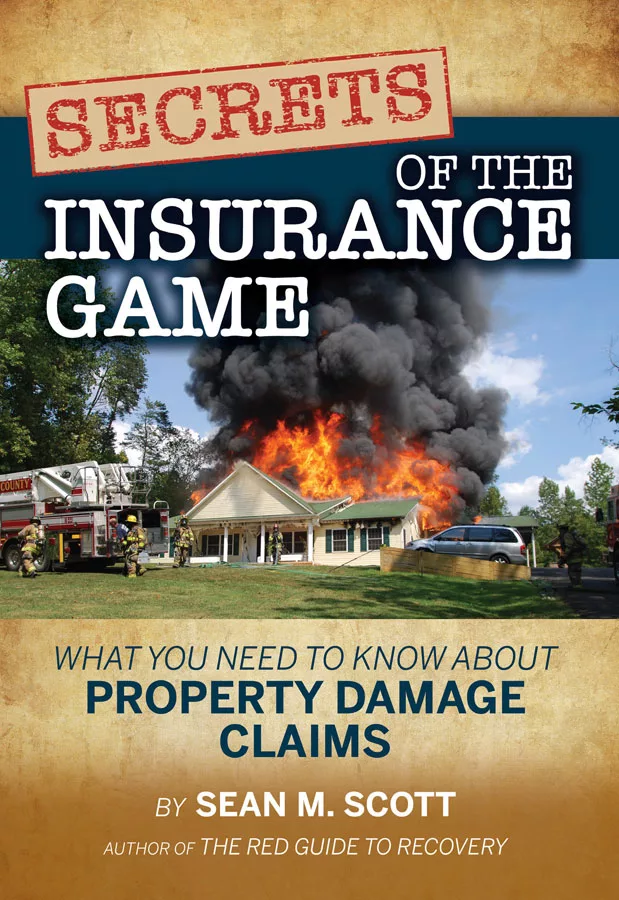A Look Back: 30 years in the Insurance / Restoration Industry

Photo credit: Zerbor/iStock / Getty Images Plus via Getty Images
The year was 1990 and for some points of reference:
- People still sent letters.
- If you were 30 years old, you could expect to be on the planet another 45 years (Life expectancy was 75.4 years).
- Milk was $2.78 a gallon.
- Unemployment was at 5.3%. Boy, would that be nice today (6.7% in December 2020).
- The Dow Jones hit a high of 3,000 (31,000 in December 2020).
- The average cost to build a new home was $143,000.
- Bush was in the White House. No, not that Bush, the first one. And of course, you remember Dan Quayle?
- In 1990, 249,438,712 called the U.S. home (331 million in 2020).
- If you were 25 in 1990, how does it feel turning 55?
I do not look back to be nostalgic but to reflect on my career and the extraordinary change and growth of our industry. I want to highlight what I consider the most significant changes and growth that impacted us.
The 90s brought an event that forever changed the way claims and restoration response are handled. On August 16, 1992, Hurricane Andrew, a category 5 hurricane, battered the Caribbean, Florida, Louisiana, and parts of the Southeastern United States. There was $27.3 billion dollars of damage and 65 deaths. I spent more than a year in Florida helping the affected recover from widespread devastation, not only to their properties but to their lives. Insurance and restoration companies were tested beyond their capabilities and the event forced our industry to better prepare for this type of catastrophe in the future.
Insurance companies changed the way policies were written to mitigate underwriting loss for this kind of exposure. Restoration companies added mobile response vehicles with satellite phones and auxiliary power to help in response efforts. I remember working 12 hours a day in Homestead, Fla., and having to drive back to Miami an hour each way because that is the only place that had lodging. Water was at a premium. I cannot fully describe how this event affected me and our industry, but it did set a high bar for true preparedness, not only in our industry but for our government and country as well.
On January 17, 1994, the Northridge Earthquake occurred in the San Fernando Valley in Los Angeles County. This event caused $20 billion dollars worth of damage and insurance and restoration response changed again. New education and policy endorsements were implemented to deal with seismic events. The 90s started out with a literal “BOOM.”
I am not going to name all of the additional hurricanes, earthquakes, wildfires, or 100-year floods (now happening every five years) over the last 30 years, but felt compelled to highlight the two that started the changes in our industry.
In the late 1990s through the 2000s, we have seen the growth of “specialist” companies in our industry. Third-party administrators (“TPAs”) were born and grew to help the relationship between restoration companies and the insurance carriers. A growing lack of trust in contractors, customer service initiatives, and increasing cost controls created a greater demand for TPAs to take control. Restoration companies were then obligated to respond and meet the metrics established by the insurance carriers and the TPAs.
We saw the birth and growth of forensic accounting firms, engineering firms, building consultants, legal firms, content companies, estimating platforms, independent adjusting firms, textile companies, and operating software to name a few. What did we learn? Insurance/restoration is BIG BUSINESS!
Insurance policies have changed dramatically over the past 30 years. Thirty years ago, the majority of deductibles were $100. The contract insured for “Accidental Physical Loss” with some exclusions. Now, insurance policies are more “cafeteria” style with specific coverage for hurricanes, floods and earthquakes. Coverage limits are not standardized, and deductibles are percentages of Coverage A limits.
In the 90s, restoration companies prepared estimates using handwritten forms. Now, elaborate estimating software, like Xactimate, is used. The skillset to help complete the emergency services and reconstruction has improved with new technology and better understanding of loss control and mitigation.
Our nomenclature has evolved and sometimes sounds like a foreign language. We use terms like critical path, Matterport, EagleView, dew point, antimicrobial, and applied structural drying to name a few.
I am overwhelmed with the changes in this industry, but I know one thing for sure. No matter what changes, we are still in the life recovery business. All of our advancements, changes, new policies and procedures all support our effort to help people recover from the unexpected. Tragedy and recovery have contributed to one of the largest industries in the country. I want to thank everyone for their commitment to this cause.
Investors are attracted to our industry because we have extremely talented individuals who have the expertise to handle complex situations, and revenue is not correlated to the broader economy - our industry is the best example of “non-discretionary spending.” While our industry has been mostly unaffected by economic cycles, the industry changed with the economic crash in 2008. People were using insurance proceeds to pay down debt or pay their mortgage. Money was in short supply and our industry was impacted by that as well. After the crash, the country and businesses started to recover and then another outside influence inserted itself into our business lives: private equity.
Private equity firms made a significant splash in our industry in 2012. We witnessed the beginning of acquisitions and roll-up strategies. In 2019 and 2020, more M&A transactions occurred, and at higher valuations, than at any other time in our industry’s history. Why? Investors have recognized how special our industry is and have discovered the talent that owners/entrepreneurs bring to the table. It is a sustainable business that continues to grow. Climate change confirms that natural disasters will continue, and our industry will continue to respond. Private equity firms are developing specific restoration industry investment theses to capitalize on these dynamics. The conclusion as stated earlier: we are BIG BUSINESS.
In summary, I want to say how blessed I have been to be part of the last 30 years of growth. I love what I do and want to thank everyone again who has committed their careers and lives to this industry. We are far more important than we think we are, and I hope the next ten years allow me to continue to serve people that have unplanned events in their lives.
Looking for a reprint of this article?
From high-res PDFs to custom plaques, order your copy today!







